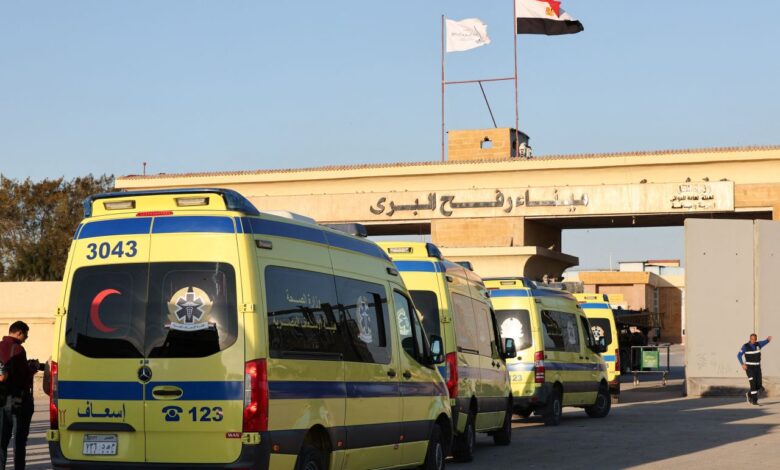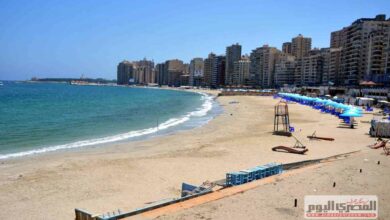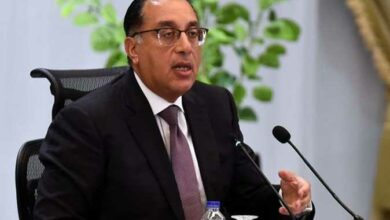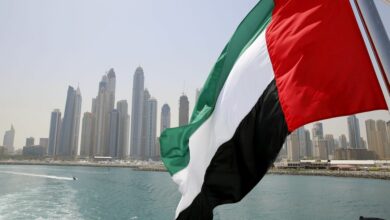
A few injured Palestinians trickled into Egypt Saturday through the Rafah crossing, a seismic and symbolic journey through a border point that had been impassable for nine months.
The crossing in southern Gaza is the only border point between Gaza and Egypt, and was the only way into and out of the enclave that wasn’t controlled by Israel, until Israeli troops took control of it in May 2024 after their military campaign reached Gaza’s southern edge.
The crossing reopened Saturday, under the terms of the ceasefire agreement, giving some Palestinians in need of medical support the chance to leave. The crossing is being monitored by a European Union mission, with Israeli troops ceding control.
On Friday the World Health Organization said an estimated 12,000 to 14,000 people still require medical evacuation from Gaza.
What is the crossing? The Rafah crossing separates Egypt and Gaza, and is a vital location for Palestinians hoping to escape the brutality of the past 15 months and for humanitarian workers trying to bring aid into Gaza. But the crossing had been shut to human traffic since Israel took charge, allowing only limited numbers of people to exit on a few occasions over the course of the war.
Aid workers have also had a difficult time getting desperately needed food and medical supplies into the enclave. Some trucks were allowed in from late 2023, after several weeks of war, but that pipeline was disrupted when Israel took charge of the crossing.
The border at Rafah falls along an 8-mile (12.8-kilometer) fence, which separates Gaza from the Sinai desert. According to United Nations figures, an average of 27,000 people crossed the border each month before the war began.
The Rafah border crossing was overseen by Hamas between 2007 and early 2024, after the group took full control of Gaza in 2006.
Rafah closures often depend on the security and political situation on the ground. Before the war Israel had no direct control over the crossing, but Egypt’s closures often coincided with Israel’s own tightening of restrictions on Gaza. Cairo has been eager to avoid allowing militants into its territory, and since the war began it has also been wary of allowing Palestinian refugees into its territory. Nearly all of Gaza’s 2 million residents have been displaced at some point during the war and, should they seek to leave the enclave, Rafah will be their only way out.




